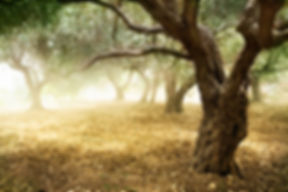
The damage caused by the emerald ash borer becomes more and more evident with each passing day. First it was the appearance of ash trees riddled with little holes, then the woodpeckers arrived in droves spewing ash bark all around the base of the trees. This week, new evidence was in the tree "tangrams" that were scattered all over the nearby roads. These tiny little parallelograms were all that was left of the many ash trees that used to line the street once the chippers were done with them.

Once again the landscape is changing in a rather dramatic way that is, unfortunately, reminiscent of a another tragedy that occurred in the last century, the loss of the American elm. Thomas Campanella's book Republic of Shade: New England and the American Elm discusses how humans also contributed to the loss of the elms. "The introduction of Dutch elm disease to the United States was an ecological catastrophe unparalleled in American history. The decimation of the elms in its wake altered the ecology and the environmental quality of countless city streets. It was a natural organism, set loose in an alien environment, that destroyed New England's elms. But it was human design that stacked nature's deck against the tree. Elm Street was, in spite of its natural appearance, a highly artificial creation. Ulmus americana is a solitary tree, an it almost never occurs naturally in pure stands. Planting these trees in such great numbers, an in such close proximity, left them in a profoundly unsustainable condition. It was only a matter of time before a pandemic of some kind swept through this manmade forest and set things right. Nature has a uncanny tendency to maintain its own equilibrium, irrespective of human wishes." Sadly, we are slow learners and folks went about replacing the elms with swathes of ash trees and now this monoculture is under attack and most likely very few of the trees will survive the onslaught.

As I stood in a field of apple trees yesterday, while attending a pruning workshop, I pondered the demise of the elm, ash and also the American chestnut tree. Just as I was drifting off on my thoughts, the arborist doing the demonstration started talking about the importance of diversifying orchards with as many heirloom trees as possible as well as the important role that pruning plays in controlling many diseases in fruit trees in particular. Diversification and pruning, two important concepts that I decided to embrace on my drive home from the orchard. I am planning on applying my newly honed skills to the orchard in my town that is on open space and under the care of the conservation commission, to which I was recently appointed, and also to this blog. For over a year this format has served me well, but it is time to diversify and prune. Next week, I will be starting a 52 week long project dedicated to exploring the weekly seasons of our little slice of land. What the first entry next week will look like is anyone's guess, but hopefully it will be fruitful.
